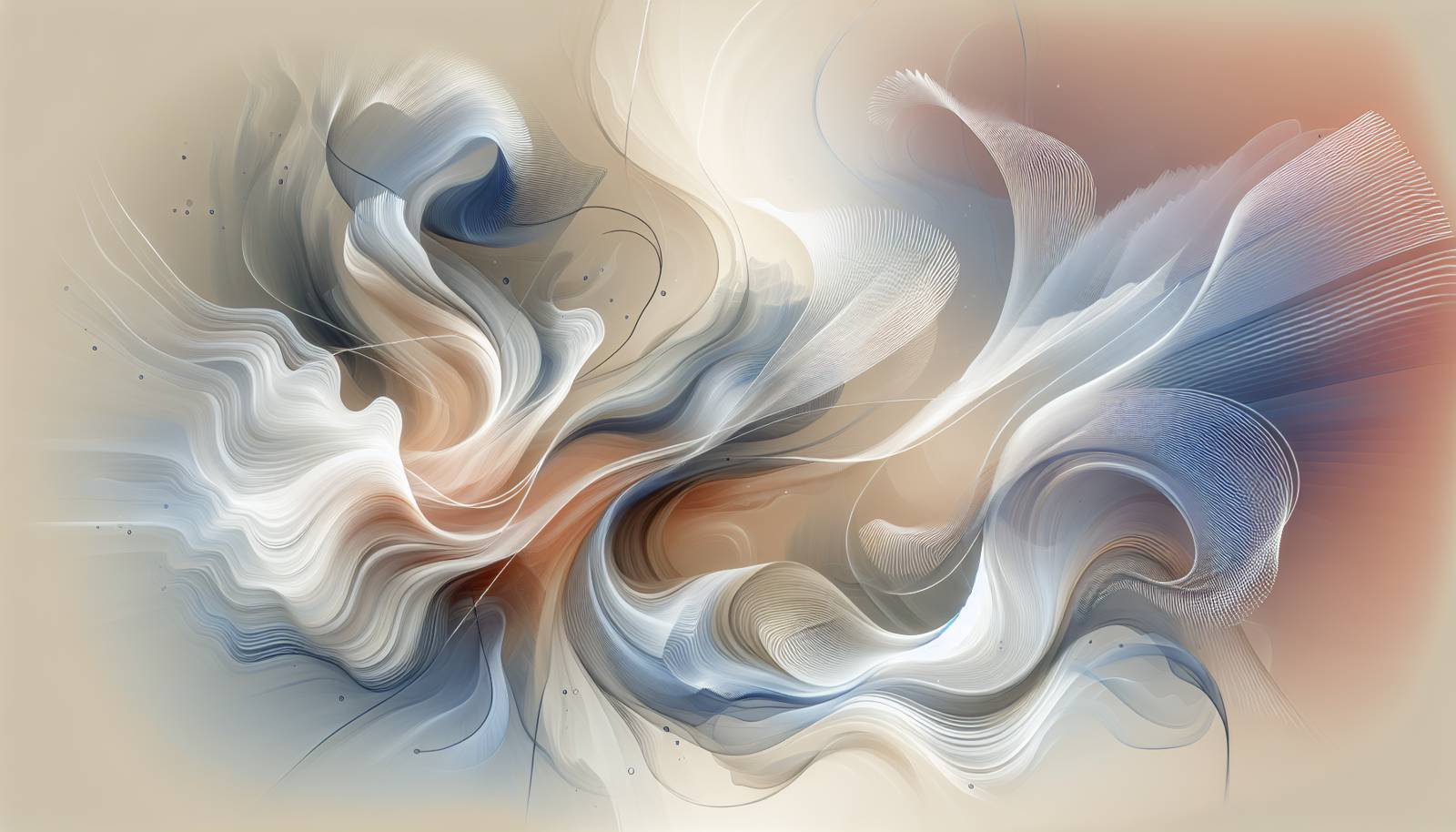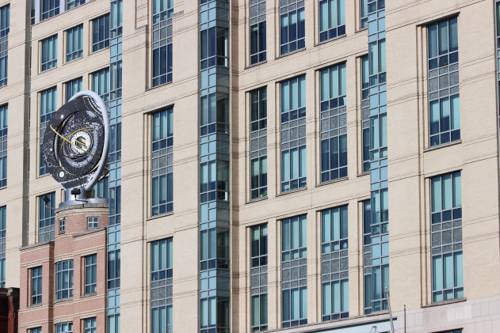
FAQ About The Impact of Kinetic Art on Interactive Installations

What is kinetic art and how does it relate to interactive installations?
Kinetic art is a form of art that involves movement or perceives to involve movement. This art form gained popularity in the mid-20th century and is characterized by real or apparent motion. When integrated into interactive installations, kinetic art utilizes this motion to engage viewers, creating dynamic and immersive experiences that invite audience interaction.

How does kinetic art influence interactive art installations today?
Kinetic art influences interactive art installations by incorporating physical movement into the artwork, which demands viewer interaction and participation. This movement can be mechanical, electronic, or result from viewer interaction, creating an engaging experience that challenges traditional static art forms and encourages viewer involvement.

What are examples of kinetic art in public spaces?
Examples of kinetic art in public spaces include the large-scale sculptures that move with the wind or solar-powered installations that change throughout the day. Notable examples include "The Kinetic Rain" sculpture at Changi Airport in Singapore and the "Blumen Luma" interactive flowers in New York City.

What materials are commonly used in kinetic art?
Kinetic artists often use a variety of materials such as metals, plastics, wood, and modern technological components like sensors and motors. These facilitate movement and interaction, enabling the art to transform or respond to environmental factors such as wind, sound, or viewer presence.

In what ways can viewers interact with kinetic art installations?
Viewers can interact with kinetic art installations through touch, movement sensors, and sometimes even by altering environmental conditions that affect the art. Some installations may involve pressing buttons, moving parts, or simply walking through the space to trigger movements.

Who are some famous artists known for kinetic art?
Notable artists in the kinetic art movement include Alexander Calder, known for his mobile sculptures, and Jean Tinguely, famous for his mechanical kinetic sculptures. Contemporary artists like Theo Jansen, creator of the moving 'Strandbeests,' continue to push boundaries within the kinetic art realm.

What is the historical background of kinetic art?
Kinetic art emerged in the early 20th century, influenced by the industrial revolution and developments in technology. Artists like Marcel Duchamp and Naum Gabo pioneered this movement by incorporating motion into their artworks, leading to a deeper exploration of the relationship between art and technology.

How do kinetic installations enhance viewer engagement in galleries?
Kinetic installations engage viewers by requiring participation and interaction, transforming passive observation into an active experience. As audiences interact with a moving piece, they become part of the artwork, enhancing emotional and intellectual connections and making the art experience more memorable and impactful.

What technological advancements have been integrated into kinetic art?
Modern kinetic art incorporates advancements such as robotics, computer programming, and sensor technologies. These tools allow for complex motion, responsive interactions, and the integration of multimedia elements like sound and light, pushing the boundaries of what kinetic art can achieve.

What role does motion play in kinetic art?
Motion is the defining feature of kinetic art, distinguished by its dynamic nature. It brings art to life, creating ever-changing compositions that can evoke different emotions and interpretations each time they move or change, making each viewing experience unique.

How does kinetic art differ from static art?
Unlike static art, which remains unchanged regardless of its environment or viewer engagement, kinetic art involves movement or interaction which alters its form and appearance. This dynamic quality allows kinetic installations to transform based on viewer interaction or environmental conditions, offering a continually evolving experience.

What are some challenges in creating kinetic art for public spaces?
Creating kinetic art for public spaces involves challenges like ensuring durability and safety, integrating art seamlessly into its environment, and making it accessible and engaging for diverse audiences. Artists must also navigate logistical concerns like weather resistance and maintenance of moving parts.

What influence does kinetic art have on contemporary art trends?
Kinetic art influences contemporary art by inspiring a focus on interaction and the use of technology in artworks. It stimulates artists to explore new forms of expression that engage viewers actively and encourage exploration, contributing to the rise of multimedia and interactive art installations in modern galleries.

How are kinetic art installations powered?
Kinetic art installations can be powered by natural forces like wind or water, mechanical systems using motors and gears, or through interactions with the audience. Some artists also employ solar energy or other sustainable power sources to animate their artworks.

What is the role of technology in modern kinetic installations?
Technology plays a crucial role in modern kinetic installations by enabling precise and varied forms of movement and interactivity. Technologies such as sensors, microcontrollers, and computer programming allow artists to create interactive pieces that respond to environmental changes or viewer interactions.

How do kinetic art installations affect public interaction in urban environments?
Kinetic art installations in urban environments encourage community engagement by inviting people to interact with art in everyday spaces. They can transform public areas into vibrant, dynamic experiences, fostering social interaction and enhancing the aesthetic quality of urban landscapes.

Are kinetic art installations environmentally friendly?
Many kinetic art installations are designed with sustainability in mind, using renewable energy sources and recycled materials. The focus on environmentally friendly solutions helps minimize their ecological footprint, aligning with broader trends toward sustainability in modern art practices.

What role does audience interaction play in kinetic art?
Audience interaction is central to kinetic art, as it encourages engagement and co-creation of the art experience. Through interaction, the audience can influence the movement or appearance of the piece, taking an active role in the art’s narrative and impact.

How do kinetic installations bridge art and technology?
Kinetic installations bridge art and technology by using technological advancements to create moving, responsive art pieces. This integration allows for innovative expressions and interactions that redefine traditional art forms, emphasizing the synergy between artistic creativity and technological possibilities.

What future trends can be expected in kinetic art and interactive installations?
Future trends in kinetic art and interactive installations likely include increased use of AI and machine learning to create adaptive and personalized art experiences. We can also expect a greater emphasis on sustainability and the fusion of digital and physical spaces, leading to more immersive and interactive installations.
